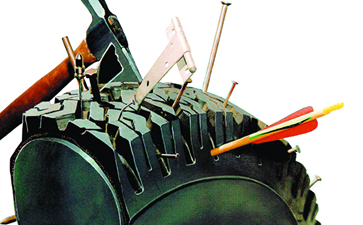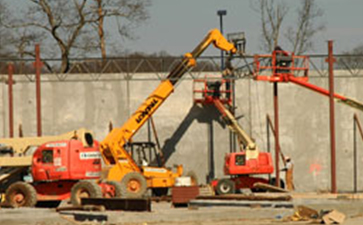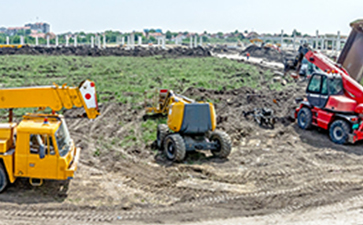Run-Flat Tires Vs Regular Tires
Do you feel like you have a solid grasp on all the different options available when it comes to tire selection? For many people, standard tires seem like the only way forward. However, with options as beneficial as run-flat tires on offer, it’s vital to keep your options open. To help you make the most informed decision, we’ve collated everything you need in order to compare your different tire options.
This blog explains all the key information to know when choosing between run-flat tires and standard tires. For personalized tire advice, contact our team at Carlisle TyrFil today.
How Do Run-Flat Tires Work?
State-of-the-art run-flat technology has changed the game. These tires are exactly what the name would suggest – engineered to help you drive further and longer after an unexpected tire puncture. So, how is this possible?
When a run-flat tire is punctured, its structure is able to withstand the change. A self-supporting sidewall insert sits right inside, helping the tire to maintain its vital structure, giving you enough time to travel to a safer spot to pull over and sort the situation out. Gone are the days of getting stuck out on a busy highway with a sudden flat! While distance and speed can vary depending on your vehicle, you can typically expect to be able to drive up to 50 miles at 50 MPH.
Types of Run-Flat Tires
What you may not know is that there are two distinct styles of run-flat tires you could come across. These are self-supporting and support-ring system tires. While both have the same core ability to keep your car moving on a flat tire, their designs are a little different, each catering to different kinds of vehicles. Let’s quickly break down both of these:
Self-supporting run-flat tires are the option you’ll see most commonly used on passenger cars. You may be able to identify them from the small symbol on the sidewall, which looks a little bit like a snail. This dense sidewall is precisely what keeps a deflating tire from collapsing entirely. It holds up the structure and protects function, all thanks to the fact that sidewalls on run-flat tires can be up to six times as thick as standard tire sidewalls.
Supporting-ring system run-flat tires, however, serve a different purpose. This is the design you’ll often see on military vehicles and heavy-duty trucks. This design employs a stiff ring (often made of rubber) attached to the tire or wheel bead. This ring is where the tire’s tread will rest, ensuring that the weight of the vehicle can be carried by that ring should the tire lose its air pressure.
Which Type of Tire is Superior?
Now, the big difference is obvious: with standard tires, you should never, ever drive on a flat. This poses a serious risk of permanently damaging your wheel or vehicle as a whole, as the tire cannot support its weight. Opting for a run-flat tire, however, doesn’t mean you have to lose any of the benefits of a conventional, regular tire. There is a wide variety of different run-flat tires available, ensuring you can find one to best suit your vehicle while reaping the extra safety and security of a run-flat.
Run-flat tires tend to be more expensive. It’s an investment that will pay off in terms of added safety, but initial costs are typically higher.
Vehicles That Use Run-Flat Tires
Not every vehicle is built for run-flat tires. While they have the same dimensions as a standard tire, your wheels need to be designed for run-flats in order to install them. If they aren’t, the tires may overheat and separate from the wheel bead entirely when driving with low air pressure. It is also mandatory for vehicles to have a tire pressure monitoring system, as knowing when your tire is going flat is critical so that you can respond appropriately.
When a Run-Flat Goes Flat
Now, run-flat tires aren’t magical. Their capacity to run with low to no air pressure isn’t indefinite. Once punctured or damaged, a run-flat tire can go flat, but they are designed to give you a notable safety net of time where you can still drive. Driving on a punctured standard tire could lead to a blowout or severe vehicular damage, but a run-flat tire is engineered specifically to mitigate this risk. Thanks to run-flat technology, you can expect up to 50 miles of leeway after an unexpected incident.
Find Your Perfect Tire With Carlisle TyrFil
At the end of the day, run-flat tires are all about peace of mind. Opting for run-flat tires can be a big choice, but the first step is making sure you’re fully informed about all your options. Carlisle TyrFil is here to be the reliable team of experts in your corner. When it comes to all things ‘tires’, we know what we’re talking about. Contact us today to speak with a professional regarding your vehicle and the changes you’re willing to make – and let’s get you back on those roads with a reinforced sense of security.


